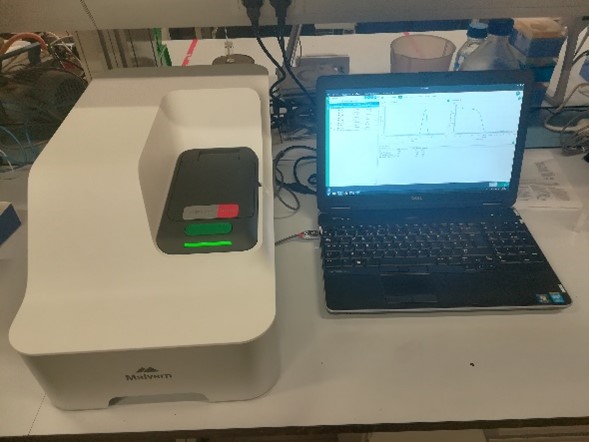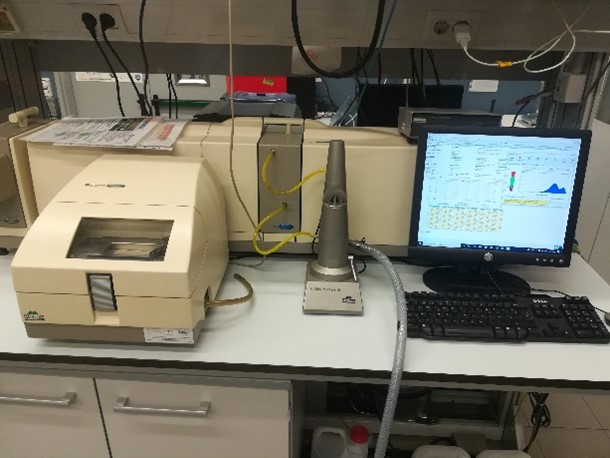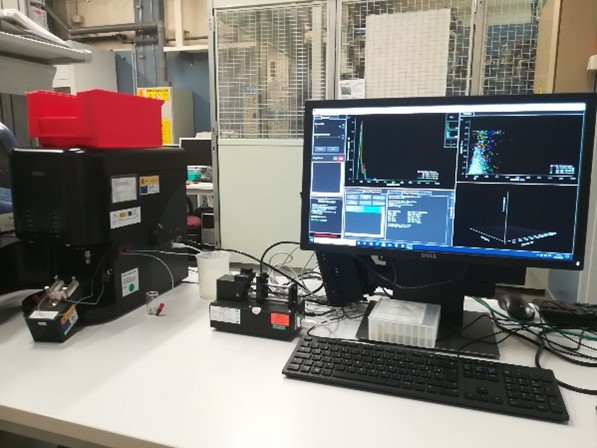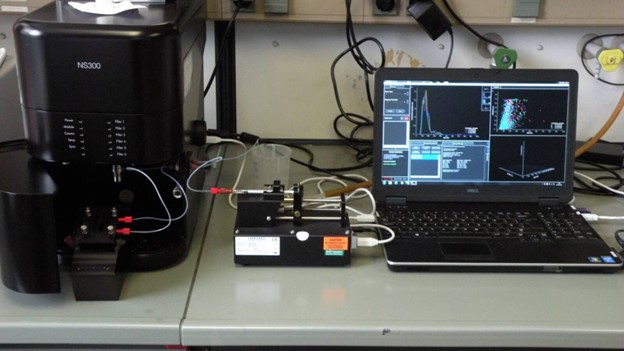U6-S04. Analysis of particle size, concentration and Z-potential of nanoparticles (On-site&Remote) OUTSTANDING
Analysis of particle size, concentration and Z-potential of nanoparticles
Measurement of the particle size distribution, Z-potential and concentration of solid or dispersed materials (suspensions, liposome, vesicles, emulsions).
The equipments for the analysis are the following:
- Zetasizer Nano & Ultra (Malvern Panalytical)
- Mastersizer 2000 (Malvern Panalytical)
- Nanosight NS300 (Malvern Panalytical)
Customer benefits
The equipment provides particle size, concentration and Z-potential measurements for customers who need to characterise these physico-chemical properties and add value to their materials.
Target customer
Universities, hospitals, public research organisations and pharmacological and chemical industries.
References
- Nanomedicine 2020 24:102136. 10.1016/j.nano.2019.102136.
- ACS Appl. Mater. Interfaces 2020, 12, 18, 20253–20262 https://doi.org/10.1021/acsami.0c03040
- Chem. Mater. 2022, 34, 19, 8517–8527 https://doi.org/10.1021/acs.chemmater.2c00384












